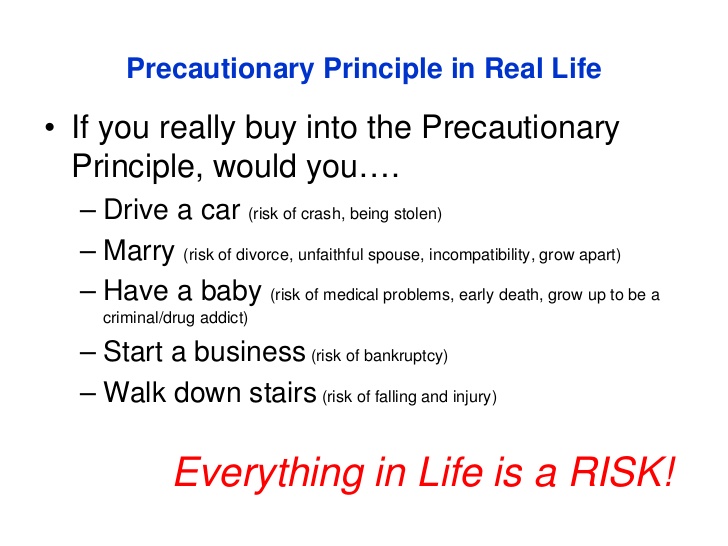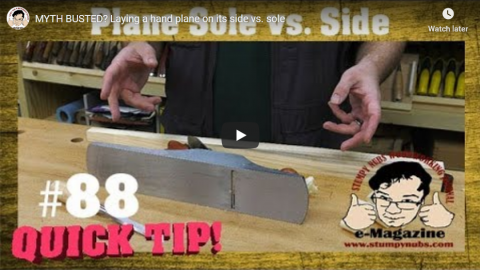Matt Estlea
Published 5 Apr 2020In this lesson, I will show you how to attach the top and bottom of the cabinet. In doing so, I will touch on various points such as flushing off endgrain, drilling holes for screws, and profiling edges.
See the full lesson here:
www.mattestlea.com/free-online-woodworking-school/how-to-attach-the-top-and-bottom-of-the-cabinet/Plans for this project:
https://mattestlea.com/product/cabine…Buy Pre-Planed Material Packs for this Project Here:
www.mattestlea.com/projectpacks
_________________________________________________________________Support what I do by becoming a Patron! This will help fund new tools, equipment and cover my overheads. Meaning I can continue to bring you regular, high quality, free content. Thank you so much for your support! https://www.patreon.com/mattestlea
Don’t want to commit to a monthly direct debit but still want to help out? That’s fine!
You can make a one time donation here: www.mattestlea.com/donate
You can donate us biscuits here: www.mattestlea.com/wishlist
_________________________________________________________________
BUY THE WOODWORKING BIBLE HERE:
www.mattestlea.com/the-woodworkers-manual
_________________________________________________________________SOCIAL MEDIA
Instagram: www.instagram.com/mattestlea
Twitter: www.twitter.com/mattestlea
Patreon: www.patreon.com/mattestlea
Pinterest: www.pinterest.com/mattestlea
LinkedIn: www.linkedin.com/in/matt-estlea-b6414b11a/
_________________________________________________________________
See what tools I use here: www.mattestlea.com/equipment
My Website: www.mattestlea.com
_________________________________________________________________My name is Matt Estlea, I’m a 24 year old Woodworker from Basingstoke in England and my aim is to make your woodworking less s***.
I come from 5 years tuition at Rycotewood Furniture Centre with a further 1 year working as an Artist in Residence at the Sylva Foundation. I now teach City and Guilds Furniture Making at Rycotewood as of September 2018.
If you’re interested in studying at Rycotewood, view their courses here:
www.mattestlea.com/rycotewoodI also had 5 years of experience working at Axminster Tools and Machinery where I helped customers with purchasing tools, demonstrated in stores and events, and gained extensive knowledge about a variety of tools and brands. I discontinued this at the start of 2019 to focus solely on video creation and teaching.
During the week, I film woodworking projects, tutorials, reviews and a viewer favourite ‘Tool Duel’ where I compare two competitive manufacturers tools against one another to find out which is best. I also have a Free Online Woodworking School which you should definitely check out!
www.mattestlea.com/school
I like to have a laugh and my videos are quite fast paced BUT you will learn a lot, I assure you.
Lets go make a mess.
April 6, 2020
Making The Top and Bottom Plinth | The Cabinet Project #10 | Free Online Woodworking School
The Precautionary Principle – “If it saves only one life…”
A guest post at Catallaxy Files on the madness of taking the Precautionary Principle as your guide:

Slide from a presentation by Patti Gettinger, 2011-07-11.
Original slideshow at https://fr.slideshare.net/regsgridlock/the-precautionary-principle-8656034
In the unprecedented trampling of rights characterised by the response to the global pandemic of COVID-19, the common justification is that it will save lives, as though no measure is too great to save even one life.
This has echoes of the Precautionary Principle, which has pushed aside ubiquitous risk management principles in such areas as climate change, invariably to justify unlimited spending which risk management principles would otherwise limit. In other words, it’s a principle which can be used to justify any measure. And here we are.
One fundamental difference between the competing principles is the concept of marginal benefit, which, simply put, is the point where the benefits of an action no longer outweighs the cost. Our new “rules” from the newly formed National Cabinet, of which no legal or constitutional standing exists, has far surpassed the point of marginal benefit.
A person fishing off the coast alone in a small boat is in breach of the rules, as is a person playing golf alone, or a person sunbathing on a rock in the outback, yet in none of these examples can any measurable likelihood of spreading it or catching the disease be identified. These situations would fail any risk management approach, but not the Precautionary principle. Any risk, that is, any potential risk that can not be confidently identified as absolute zero, is a risk not worth taking, but that is not how we live our lives, because we understand that everything involves risk. Driving a car, catching public transport, having a job, not having a job, leaving your house or indeed staying in it involves some level of risk.
Also central to risk management is the concept of mitigation; the potential actions that can reduce, transfer or eliminate identified risks. In the case of COVID-19, many mitigation measures have been identified, and implemented. Such mitigations implemented are travel bans (belatedly), banning large crowds (belatedly), temperature screenings, washing hands, social distancing, pandemic announcements (belatedly, again), face masks (very belatedly), and fit-for-purpose hospitals (you guessed it). All of these easily demonstrate a benefit greater than worst-case scenario costs, yet after being bystanders for weeks, leaders across the globe then overreacted far beyond the demonstrable benefits. At least benefits to us.
MYTH BUSTED? Laying a hand plane on its side vs. sole
Stumpy Nubs
Published 20 Apr 2019When you use this link to visit our sponsor, you support us►
iGaging Digital Tools: http://www.chipsfly.com/category/L.html
Subscribe (free) to Stumpy Nubs Woodworking Journal e-Magazine► http://www.stumpynubs.com/subscribe.htmlFollow us on social media►
Instagram: https://www.instagram.com/stumpynubs/
Twitter: https://twitter.com/StumpyNubs
QotD: North American downtown “architecture”
Real brick-and-plaster substance is, perversely enough, often smooshed then overlain with a plastic parody of some “olde” style. We live today in urban environments which are comprehensively fake — a contributing factor to the fakeness in ourselves. The tactic of developers is to append “poetic” associations from a happier past, to their ghastly provisional installations. This odonymical abuse has been going on for some time: “mountain-view” where there is no mountain, “river-side” where there is no river, “park-dale” with neither park nor dale. “Old-world charm” that consists of ticky-tack boxes, with stacks of brutalist concrete poking through.
The “downtowns” of cities in the eastern half of this American continent were built before the automobile, with pedestrian compactness. So prosperous did we become, so quickly, and so extensive was the building towards the latter end of the nineteenth century, that plentiful evidence remains. The ground-cover is still mostly older buildings, paradoxically thanks to rocketing property values: new buildings must accommodate phenomenal densities, upon tiny footprints. But ten-thousands of apparently “old houses” remain, going on and off market at a million apiece. The principles of money-management have “evolved” over the years, and the idea of “home” as a fungible investment has been universalized. All one needs to acquire one is a small saving and a large credit line. Then one is cut in for all subsequent rounds of poker.
You move in and “re-decorate,” less from personal taste than in anticipation of re-sale. After this process has been repeated a few times, nothing remains of the older building except its “historical” façade, itself somewhat tarted. Travelling about by foot and trolley, I have watched a likely majority of the city’s more attractive “landmark” buildings reduced to fronts only. These are propped by girders, while entirely new (and disproportionately larger) new constructions are bunged in behind.
Thus, nothing remains that is “authentic.” All continuities are destroyed, beyond this tip of the hat — the aesthetic equivalent of that homage which vice pays to virtue.
David Warren, “The scandal of interiors”, Essays in Idleness, 2018-01-25.





